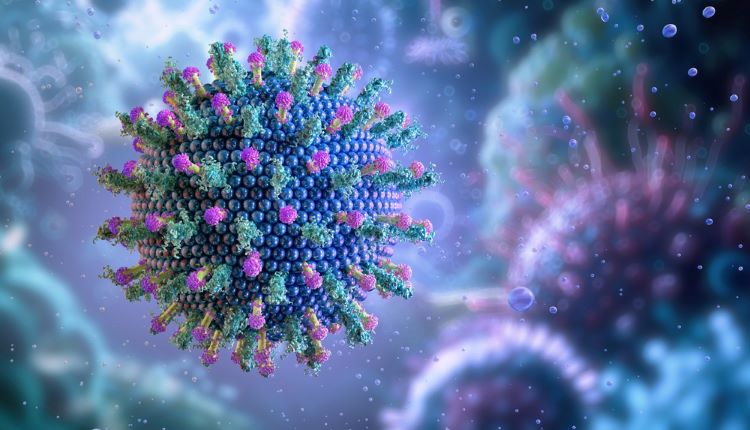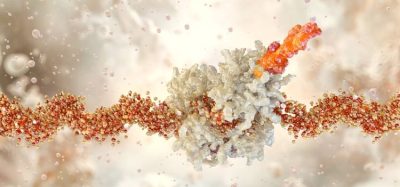Combination therapy may hold potential for severe viral hepatitis
New findings from a Phase II study suggest the curative potential of a combination treatment for chronic hepatitis delta virus, according to Gilead Sciences.
Final Phase IIb data has confirmed the potential of bulevirtide 10mg in combination with pegylated interferon alfa-2a (PegIFN) as a finite therapy for adults with chronic hepatitis delta virus (HDV), according to Gilead Sciences.
The new data is from the MYR204 study which investigated the efficacy and safety of the first-in-class entry inhibitor bulevirtide alone and together with PegIFN, in these patients with compensated chronic HDV infection.
At present, bulevirtide 2mg is the only approved treatment for adults with chronic hepatitis delta virus and compensated liver disease in the European Economic Area (EEA), Great Britain and Switzerland, Gilead confirmed.
Promise of a finite treatment option for chronic hepatitis delta virus
New end of study data show that bulevirtide 10mg in combination with PegIFN maintained a 46 percent rate of undetectable HDV RNA at Week 48 after the end of treatment. These findings were presented at the European Association for the Study of the Liver (EASL) Congress 2024.
According to Gilead, data published in NEJM revealed:
- at Week 24, a total of 32 percent and 46 percent of patients achieved undetectable HDV RNA following treatment with bulevirtide 2mg in combination with PegIFN and bulevirtide 10mg in combination with PegIFN, respectively
- PegIFN monotherapy and bulevirtide 10mg monotherapy enabled 17 percent and 12 percent to attain undetectable HDV RNA, respectively.
At Week 48 after end of treatment, data presented at EASL (GS-00) demonstrated:
- undetectable HDV RNA in 26 percent and 46 percent of patients taking bulevirtide 2mg combined with PegIFN and bulevirtide 10mg in combination with PegIFN, respectively
- PegIFN monotherapy and bulevirtide 10mg monotherapy enabled undetectable HDV RNA to be achieved by 25 percent and 12 percent of patients, respectively.
These new data support the potential for bulevirtide as a finite treatment option, demonstrating that almost half of people treated with bulevirtide 10mg in combination with PegIFN remained undetectable for HDV RNA one year after treatment cessation”
“Hepatitis delta virus is the most severe form of viral hepatitis….These new data support the potential for bulevirtide as a finite treatment option, demonstrating that almost half of people treated with bulevirtide 10mg in combination with PegIFN remained undetectable for HDV RNA one year after treatment cessation,” shared Dr Tarik Asselah, PhD, Professor of Hepatology, Hôpital Beaujon APHP, Université Paris-Cité, Head of Viral Hepatitis, UMR1149 Inserm and principal investigator of the study.
“These long-term data are the highest post-treatment response rates ever reported for HDV,” Dr Asselah added.
“In addition to highlighting the curative potential of combination therapy for some people with chronic hepatitis delta virus, these final data support the safety profile of bulevirtide,” noted Anu Osinusi, Vice President, Clinical Research for Hepatitis, Respiratory and Emerging Viruses, Gilead Sciences.










